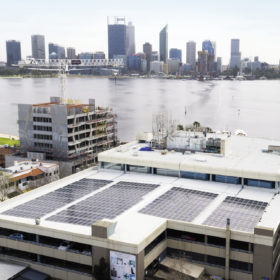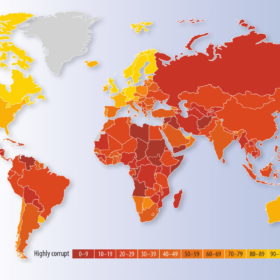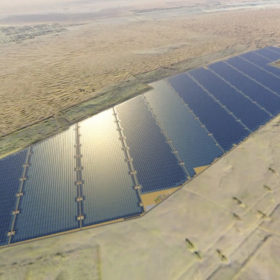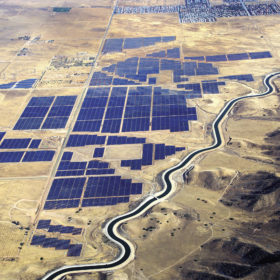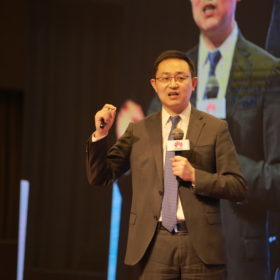South Korea’s burning issue
The string of fires that shook up South Korea’s booming energy storage market throughout 2018 brought development to a screeching halt this year. Throughout the lackluster first half of 2019, manufacturers, installers and analysts remained cautiously hopeful that a government investigation into the fires might plant the seed for late-year market growth. However, another outbreak of fires in the months since the conclusion of the probe has shaken industry morale once again, snuffing out any lingering hopes for a quick recovery.
Zayed Sustainability Prize
Founded in 2008, and until this year known as the Zayed Future Energy Prize, the Zayed Sustainability Prize recognizes leaders and innovators across the field of sustainability, through funding from the Abu Dhabi government. The award will be bestowed at the World Future Energy Summit in Abu Dhabi on January 14, 2019.
All for one, one for all
As one of the leading markets for distributed solar+storage, with sufficiently flexible legislative and regulatory frameworks surrounding its electricity sector, Australia already boasts a strong pipeline of virtual power plants (VPPs). From big utilities to state governments, initiatives to orchestrate distributed energy resources that help support the grid have proliferated in recent years. pv magazine takes a look at Australia’s VPP ecosystem and how market players see it.
The energy to deal with corruption
Vast amounts of money are being mobilized worldwide in the name of the transition to renewable sources of energy, and while development banks and similar organizations funding PV projects have stringent measures in place, there are plenty of opportunities for corruption to sneak in. pv magazine investigates how corruption can hurt the solar industry.
Plenty of potential post Sweihan COD
The historic 1.177 GW Sweihan PV power plant should commence commercial operation this month, marking another PV milestone in the United Arab Emirates and the Middle East region. JinkoSolar is a key partner in the project and Gulnara Abdullina, Jinko’s General Manager, Africa and Middle East, says that it’s not only at the utility-scale that opportunities in the region abound.
The sustainable pioneers
In the coming weeks, months, and years, pv magazine will be digging deeper and expanding our sustainability horizons, defining – with your help – the most effective courses of action. What follows is an overview of current sustainability initiatives in the solar and, to a lesser extent, storage industries.
Connecting intelligent power
Information and communications technology giant Huawei is on a mission to build a fully connected world. Operating in more than 170 countries and regions to serve more than three billion people globally, the company is well on its way. In this exclusive interview, pv magazine meets with Tony Xu, President of the Smart PV Business Unit at Huawei, to discuss the technological breakthroughs, trends, and policies that have the company driving solar PV into the era of digitalization.
Tracking in the wind
Extreme wind events are the biggest cause of failure and insurance claims for any PV plant, according to Thorsten Kray, Head of the Building Aerodynamics Department at Institut für Industrieaerodynamik GmbH, Aachen. For structural reasons, single-axis trackers are more prone to the issues than fixed-tilt structures. In this two-part series, pv magazine will examine the ways that wind impacts trackers and what EPCs and investors need to look out for, in addition to outlining a range of approaches from big tracker suppliers that were designed to mitigate wind-related damage.
In conversation: Building dreams in Australia and the US
E-mobility and storage system specialist BYD has already successfully entered the Australian market. Now, in spite of the ongoing U.S.-China trade war, it has decided to join forces with SMA Solar Technology to enter the U.S. residential storage market. Julia Chen, BYD’s global sales director, is broadly optimistic about the development of the global storage sector, as more and more markets are cutting previously high feed-in tariffs and turning solar roofop owners’ eyes to batteries.
Solar tsunami
There’s a lot of solar power to be built in the United States before the end of 2023, when the current “safe harbor” period for the 30% Investment Tax Credit ends. If you’re reading this in September 2019, you’ve got four years and three full months to build large scale solar power plants under the ITC. But don’t fret if you’re reading later on and are afraid that you’re missing out, there’s development gas in the tank yet.


